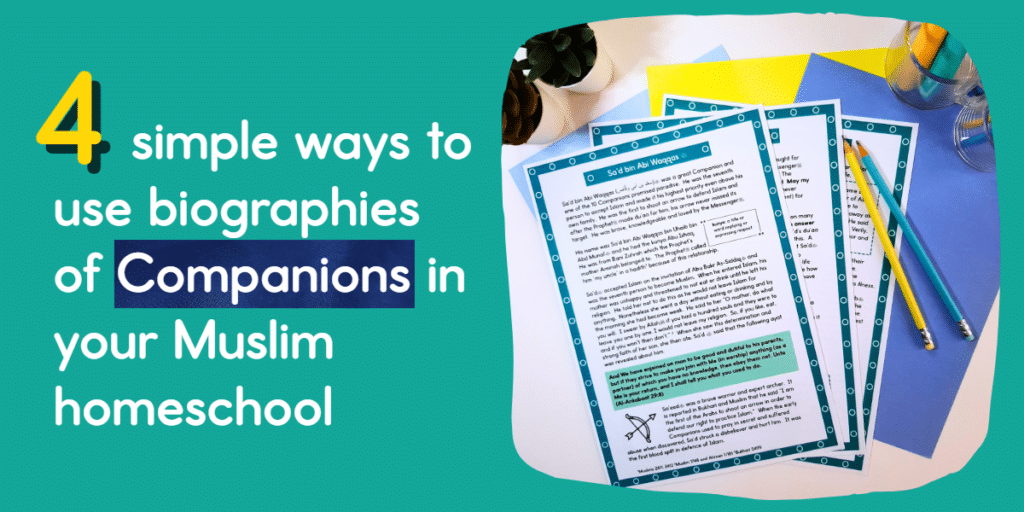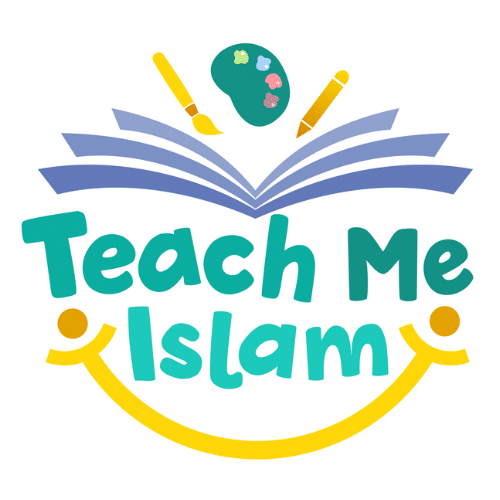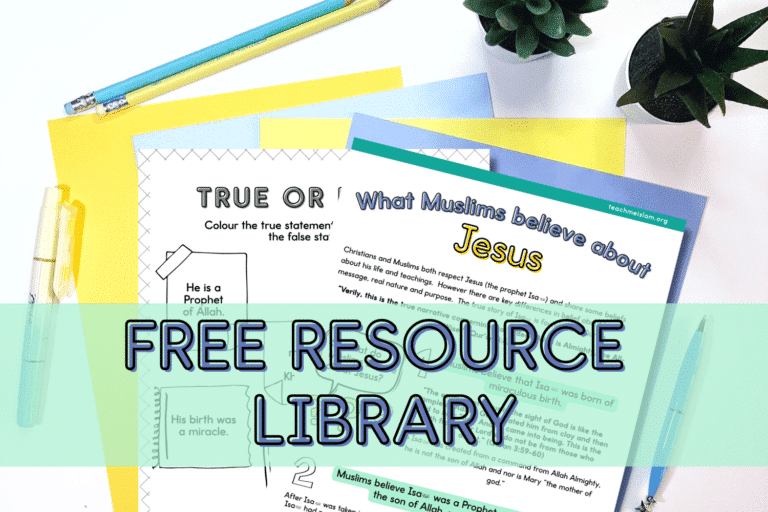You want to include biographies in your Muslim homeschool. You know how important it is to provide them with examples of pious Muslims and positive role models. However, you are short on time and unsure where to include them. Here are some suggestions on how to easily and naturally incorporate biographies in your Muslim homeschool.
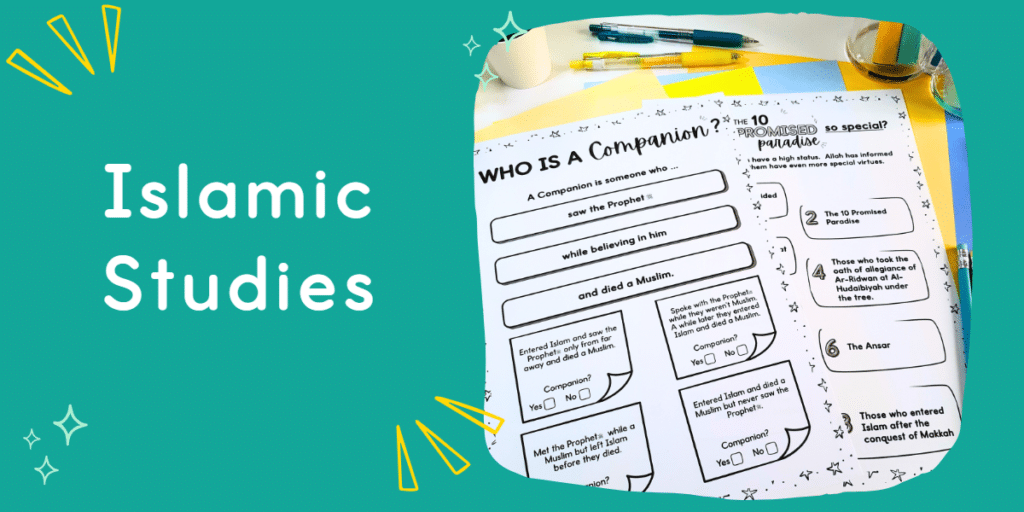
Islamic Studies
Biographies of Companions of the Prophet (may Allah be pleased with them) naturally fit into seerah lessons. You can choose a focus for each series of lessons, for example at my daughter’s school they covered the seerah of the Messenger (may Allah raise his rank and grant him peace) one year, the wives of the Prophet the next year and then the 10 Promise Paradise (may Allah be pleased with all of them).
You can also study the biography of scholars. These work well before launching into a book or in hadith lessons. This has the bonus benefit of educating your children about the Islamic manners of seeking knowledge. When scholars begin teaching a book they will begin with a biography of the author and will also do the same for narrators of hadith when teaching books of ahadith. For example, at the beginning of the How to Live A Happy Life Workbook based on a book by Shaykh Sa’di (may Allah have mercy on him), there is a short biography of the author including a short exercise. It doesn’t take long but it has a big impact with Allah’s permission.
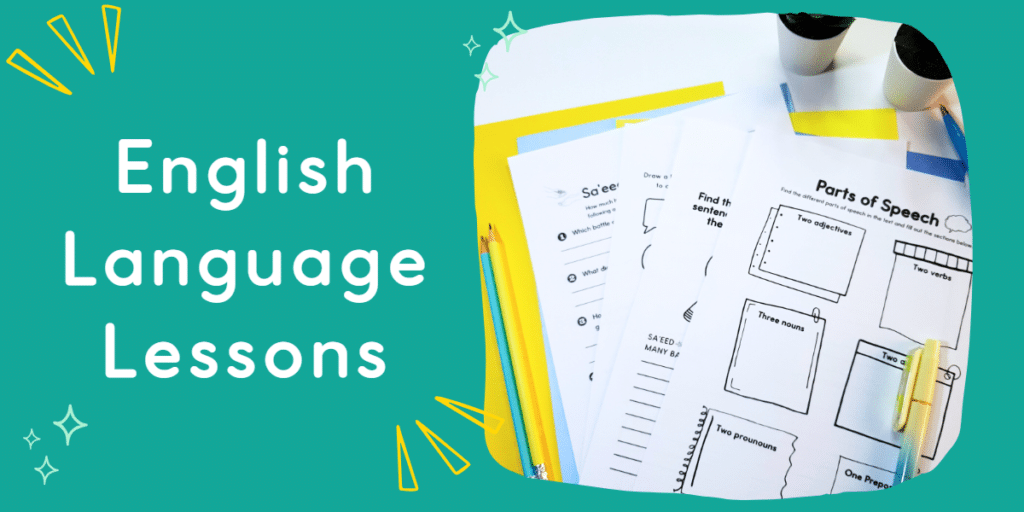
English Lessons
English lessons are a great place to use biographies in your Muslim homeschool. You can use them as part of a biography or non-fiction unit. They are part of nearly all curricula and it is easy to swap in Islamic biographies.
Another option is to use them as reading passages and comprehensions. This is a brilliant independent activity. You can include a range of questions about the content of the passage, ranging from short and simple such as ‘where was he born?’ to more complex questions that develop their inference skills e.g. ‘why do you think he was called the sea of generosity?’
You can also use them for specific English Language skills. In every Child Companion Biography Pack, there is a parts of speech worksheet that asks students to find a noun, verb, adverb etc from the biography passage.
Biographies are wonderful writing projects. Students can pick an Islamic figure to research and write about. Developing writers can rewrite a biography passage in their own words. It’s a great discussion starter about what should be included in a biography. Dive deeper with conversations about what your kids find interesting and the styles they prefer. Do they like to read chronological accounts or prefer topic-based biographies?
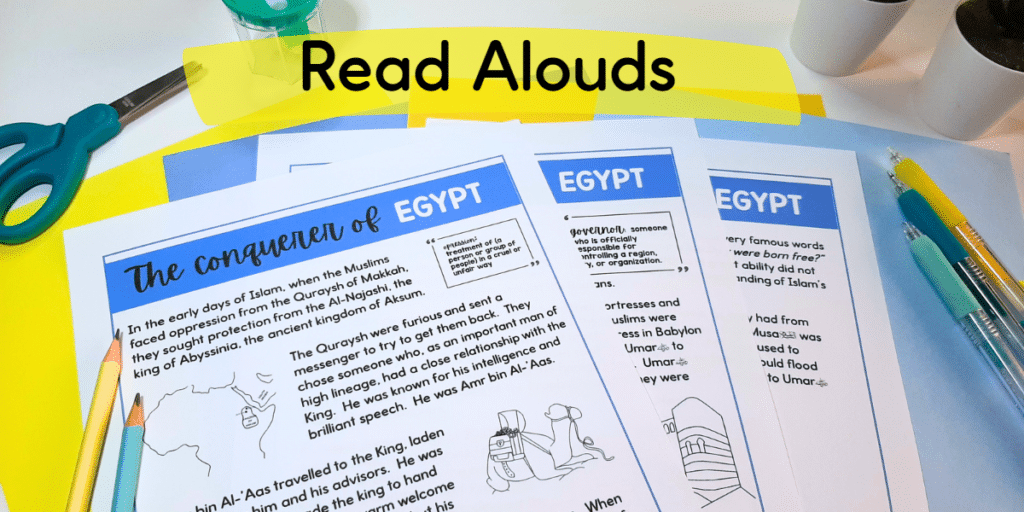
Use read-alouds to incorporate biographies in your Muslim homeschool
This is such an easy and effortless way to weave biographies into your school day. Read a variety of biographies aloud to your kids. You can stop to discuss and wonder about the amazing lives and achievements or just simply read and relax.
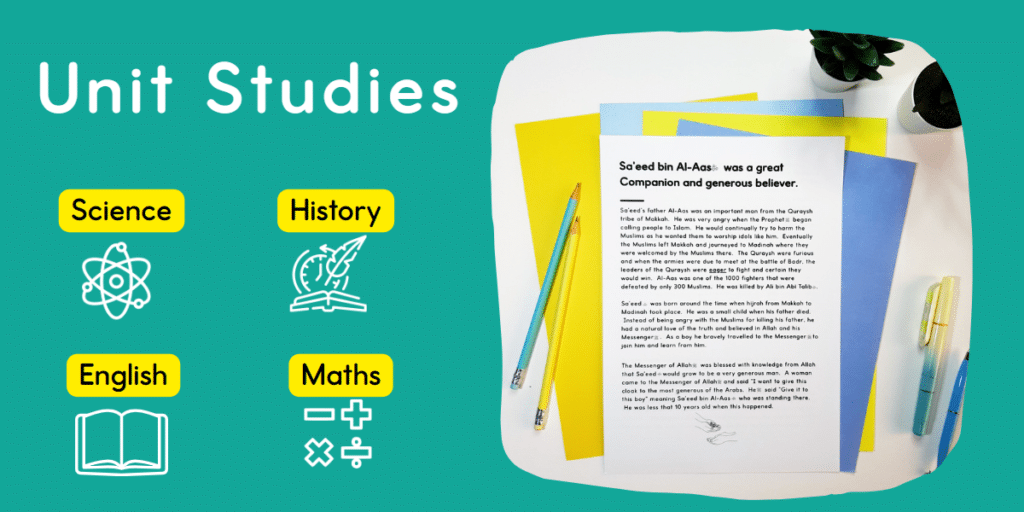
Use biographies to inspire Unit Studies
This requires the most preparation and planning than the previous ways of using biographies in your Muslim homeschool. You can pick a biography and then use it as the basis of a unit study. Here are some suggestions based on the Child Companions Biography Packs
Geography – Usamah bin Zayd’s mother Um Ayman was from the kingdom of Aksum in Africa. Identify where it was and what country now exists there. Create a lap book/fact file about that country. Include population, area, resources, religion and culture.
History– Many of the Companions fought in battles that brought Islam to different areas. Research which regions became Muslim during the first 4 Caliphates. What improvements and changes were brought to those areas? Which of them are still Muslim countries?
Science– Usamah bin Zayd (may Allah be pleased with him) wanted to join battles before he could even carry a sword. How do childrens’ bodies grow in strength as they grow older? What makes a body strong?
Maths– Anas bin malik narrated 2286 ahadith the 3rd most of any of the Companions. Draw a bar graph of the 7 Companions who narrated the most ahadith and how many they narrated.
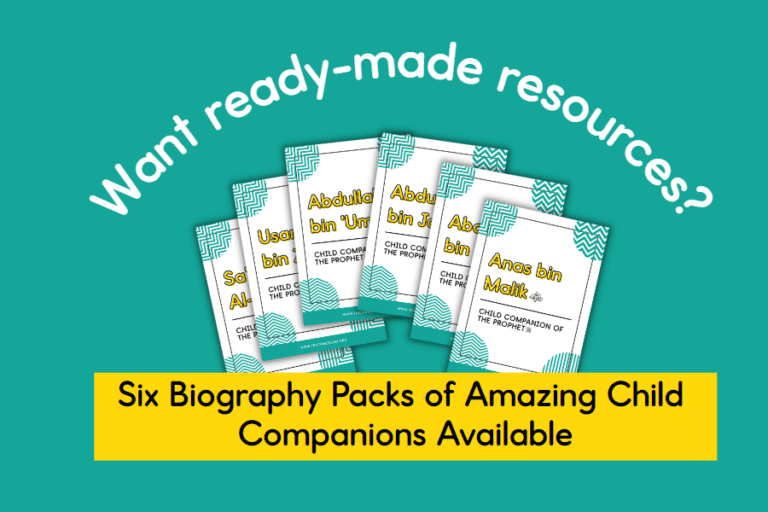
Child Companions Biography Packs
I struggled to find child-friendly biographies of Companions for my kids. I really wanted to teach them about the best generation and specifically the child Companions because their stories really inspire kids. I created biography packs that include simple biographies and worksheets that are perfect for Islamic Studies AND English lessons. Answer keys are included and they are great for independent work, making them convenient, beneficial AND a time-saver. They are designed with Muslim homeschoolers in mind. Plus I designed a review pack so kids can revise what they have learnt and make important connections between the different lives of the Companions. They are available on Etsy and Teachers Pay Teachers, click the links to learn more.
Join the mailing list here to download a biography pack about one of the Noble Companions promised paradise, Abu Ubaidah bin Jarrah (may Allah be pleased with him) and gain access to the free resource library.
Here are some other blog posts you may be interested in:
How to teach Islamic content all day long

